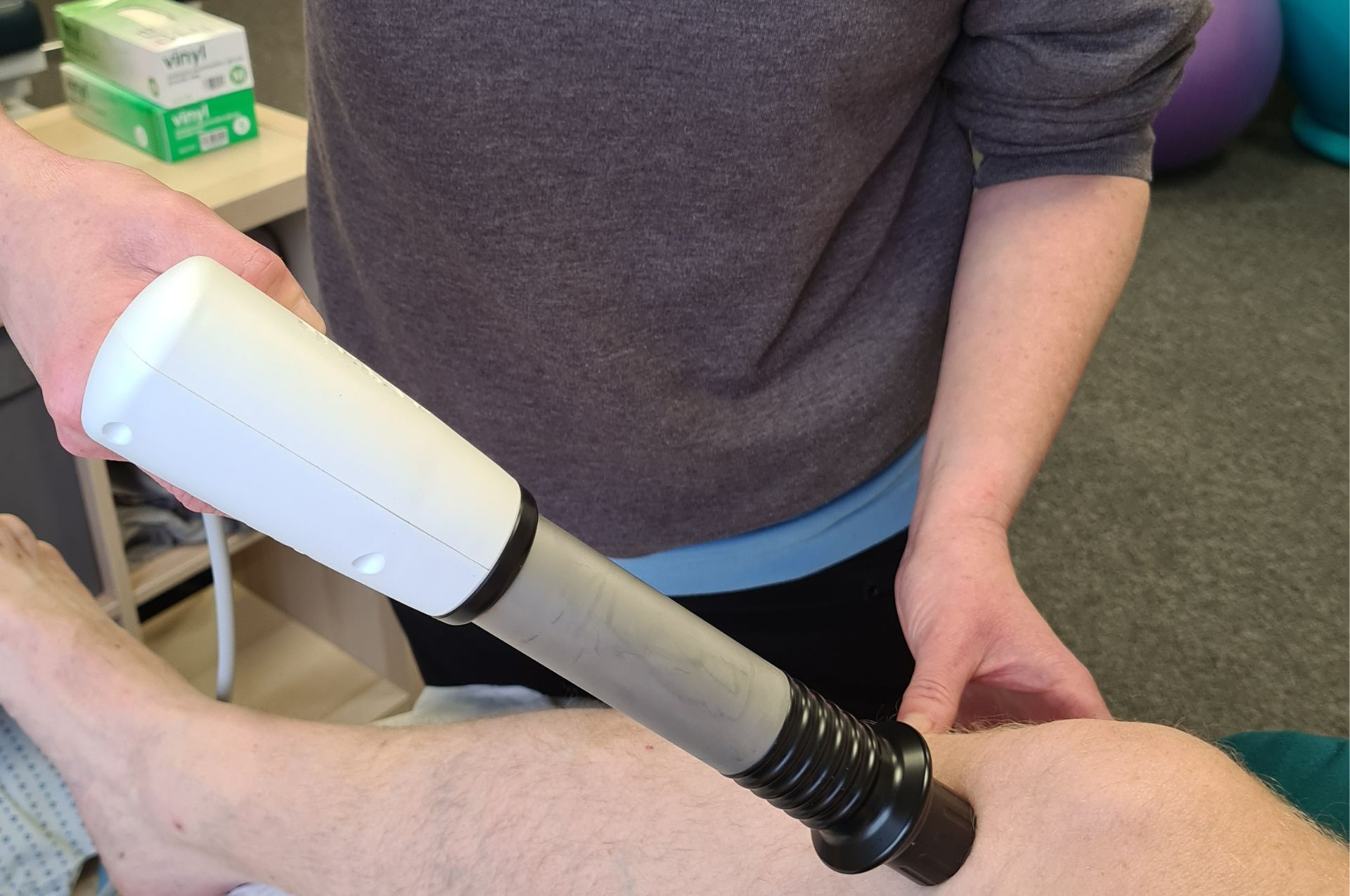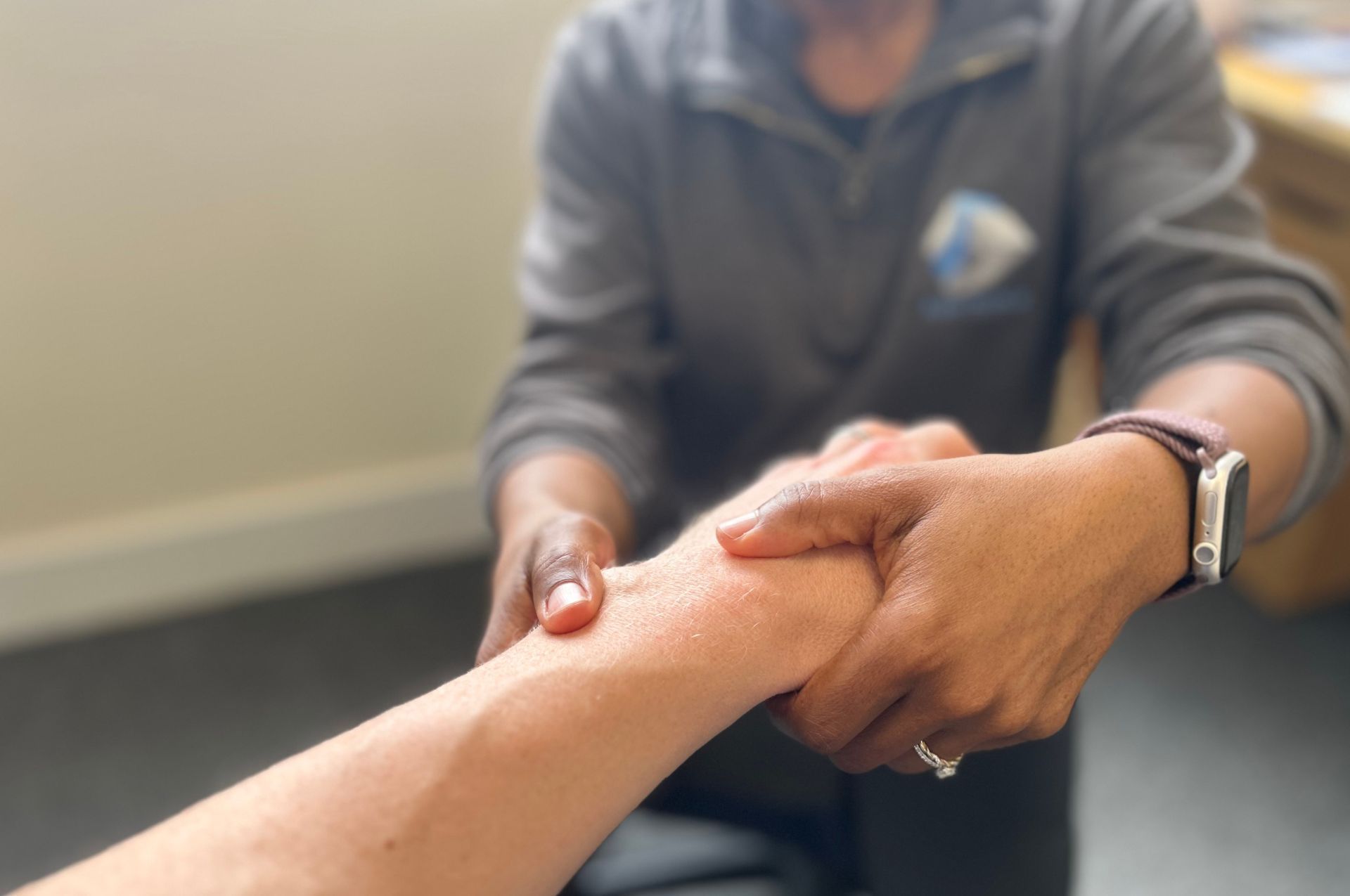Why is stretching important?
Patrick Campbell • 26 October 2021
When we think about stretching it is often in the context of exercise. It is highly recommended particularly for those that engage in aerobic activities like running. However, there are significant benefits attached to making stretching a part of your daily routine, even if you are not working out.
Stretching is the act of elongating muscles to their limit. It is something that many people instinctively do when waking up in the morning or after some other period of long rest or inactivity. It is a fitness activity that offers several physical and mental benefits.
There are two basic types of stretches. Static stretches involve moving into a particular position to lengthen muscles and holding that position for a length of time. Dynamic stretches require active, controlled movements made as part of a larger range of motion that are repeated 10 to 12 times. Each type of stretch offers certain benefits that make them both valuable in maintaining good health.
1. Greater Range of Motion
Both static and dynamic stretches can help to improve one's range of motion. As we get older, our range of motion tends to diminish. Stretching regularly can help prevent this from worsening and encourage better flexibility. The more regularly your stretch, the more accustomed your muscles become to these lengthened positions and the greater your range of motion. This benefit is only sustained when you keep up the effort as gains can often decline even after a day of no stretching.
2. Better Quality of Life
With a greater range of motion comes increased flexibility. This trait is important for enjoying a good quality of life. It can affect how easily you perform even the most mundane daily tasks like getting up off the bed in the morning, tying shoelaces and even driving. When you are more flexible, these and many other tasks are more easily accomplished.
3. Reduces Injury
This applies to both day-to-day tasks and when exercising. Dynamic exercises are particularly useful in warming up muscles, boosting blood flow to tissues and relieving tightness. This helps to increase their range of motion which makes it safer to enter into complex positions without worry you will hurt yourself.
If muscles are not sufficiently warmed up, they can cause you to suffer more strain as you try to get into certain positions and lead to injuries to tissues, tendons, and joints. Pushing a muscle to stretch into a position it has not been prepped for can easily lead to injury. Making dynamic stretching a part of your warm up routine will help ensure your muscles are better prepared and in a more flexible state.
4. Back Pain Relief
Back pain is a very common problem with as much as a third of the adult population in the UK suffering bouts each year. It can afflict people at any age and can make it difficult to complete daily tasks. It can also lead to depression and low self-esteem.
When muscles are tight, it can affect how freely your move and increase the chances of strain as you attempt to go about your business. By stretching you can loosen up muscles and prevent further back pain. It can also aid in strengthening and building up these muscles that will make movement easier with time. When muscles are relaxed, blood flow is more easily accomplished, enabling better delivery of nutrients and oxygen to tissues that will facilitate muscle growth.
5. Improved Posture
This related to more than just the back. Posture is also affected by muscles in the neck, chest, abdomen, and hips. When we sit for hours at our desks, these muscles will often contract as we remain in fixed positions working at computers or looking at smartphone screens.
Stretching helps to correct imbalances that encourage poor alignment and can cause pain, especially when engaging in more complex movements when exercising. Working to stretch and strengthen the related muscle groups can help relieve these problems and improve posture.
6. Boosted Blood Flow
As mentioned, when your muscles relax, it helps your cardio system to perform its functions more effectively. Blood flow becomes easier and ensures better delivery of nutrients and oxygen where needed. This action also helps to encourage muscle recovery and growth. If you are looking to build or maintain muscle strength, then stretching should be an essential part of your regular workout routine.
7. Reduce Pain
When muscles are tight, you can often suffer the sensation of pain. This is most commonly experienced with lower back pain but also occurs in other parts of the body like the hip flexors, calves, and hamstrings. Pushing short tight muscles into uncomfortable positions can trigger pain. Stretching helps to ease this problem.
8. Relaxation
When we stretch, it can be a very relaxing sensation. It often feels good after a tough workout and when getting up from sleep or other inactivity. Loosening up tight muscles can help ease blood flow, ensuring a better supply of nutrients and oxygen where it is most needed. This can also reduce blood pressure, making these movements a natural stress reliever. Consider incorporating meditation and mindfulness in your stretching routine. It can help promote a greater sense of calm. This can further reduce feelings of stress and promote mental health.
Tips for Stretching
- Never stretch cold muscles. Warm-up with a little cardio to ensure your muscles are more flexible and ready for lengthening.
- Always stretch gently. To achieve maximum flexibility, you need to push your muscles ever so gently into their limits. Ease your body into these positions and with time and repetition, you will see results.
- Keep up the routine. You need to regularly stretch to maintain the gains achieved. Anywhere from 3 to 7 times a week should see you enjoy good flexibility.

Faringdon, Oxfordshire – 30th June 2025 – Kube Medical, a leading provider of integrated musculoskeletal care, is proud to announce the opening of its second clinic at Wicklesham Lodge Farm in Faringdon on 1st July 2025. Known for its collaborative and patient-first approach, Kube Medical brings its award-winning services to Faringdon and the surrounding rural communities.

Like many businesses in healthcare, we sometimes receive feedback that is difficult to read — not because it challenges us, but because it doesn’t reflect the care and intention with which our team works every day. Recently, a negative review was shared online that has been mentioned by both current and prospective patients. While we always value constructive feedback and use it to review our processes, I wanted to take a moment — from my perspective as a non-clinical Director — to clarify how we work, and the values that guide our decisions when it comes to patient care.

As a Physiotherapist with over six years of experience working with athletes, I've encountered a pattern that’s all too familiar — the dedicated, driven sports person who finds themselves stuck in limbo after an injury. One particular case stands out, and it’s a scenario I see frequently, especially with individuals recovering from sports injuries in Swindon.

Every so often, I come across someone who’s been told, or believes, they have cervical kyphosis. It’s a term that sounds serious and often sparks fear, confusion, or a sudden identity shift: “I have a curved neck; I must be broken.” Today, I saw just that—someone on social media seeking help after self-diagnosing with cervical kyphosis.

If you have private health insurance with Bupa, Axa, Aviva, Vitality, or WPA, you may be eligible to receive Chiropractic, Osteopathy, or Physiotherapy treatment at Kube Medical in Swindon. Many health insurance policies cover musculoskeletal treatments, but it’s important to understand how the process works, what is covered, and how to make a claim.
This guide will walk you through the insurance process, what treatments are covered, and how to book an appointment using your insurance.






